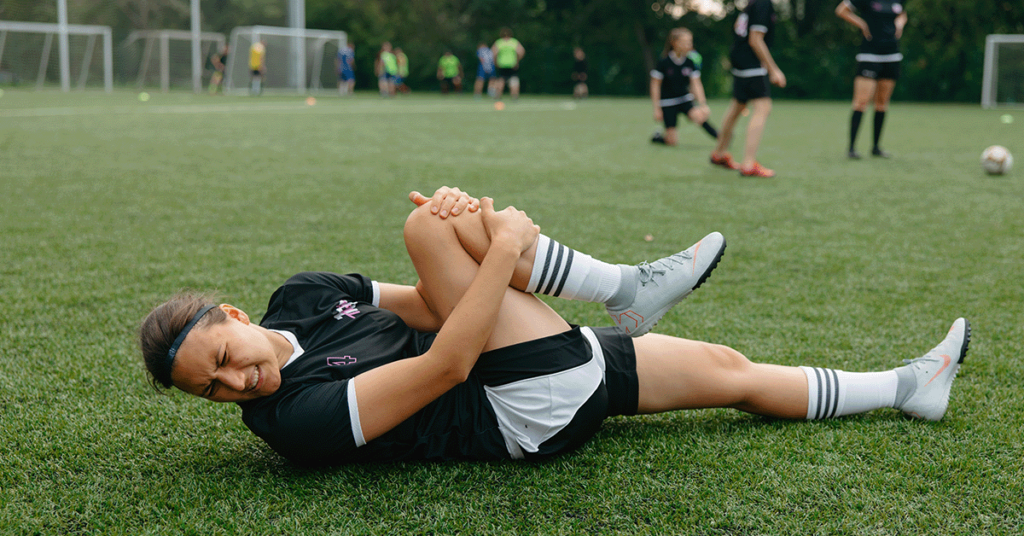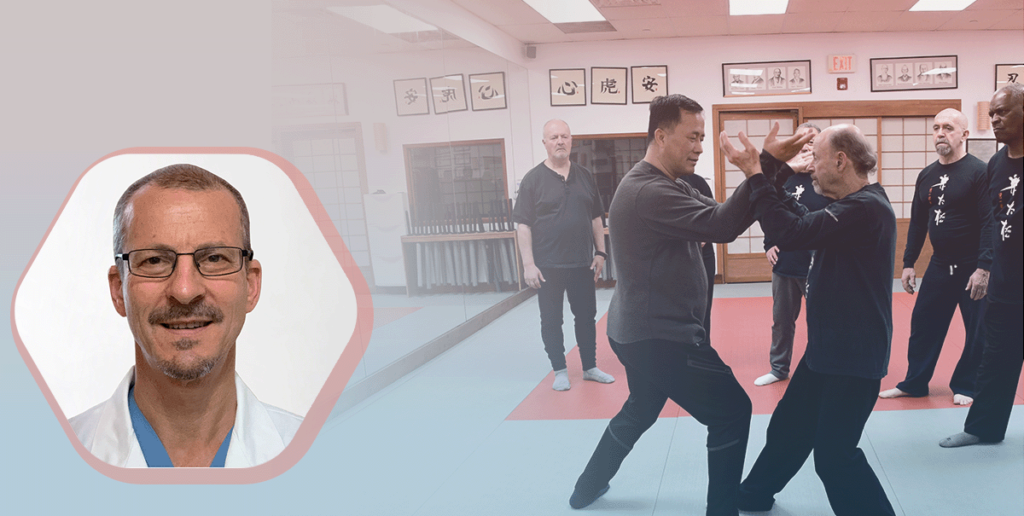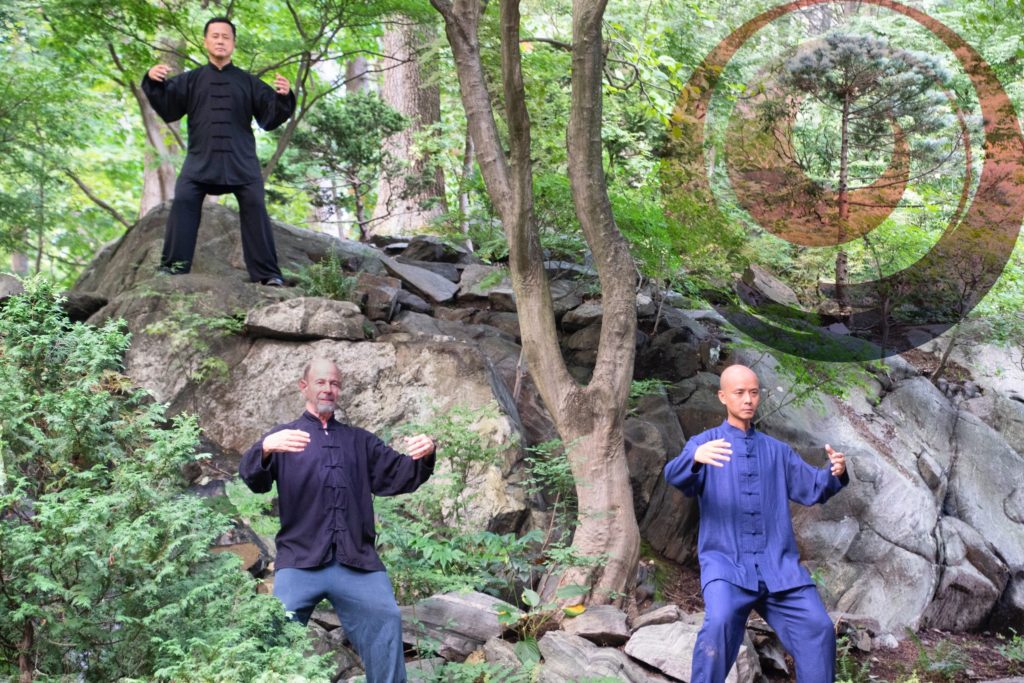Falling Does NOT Have to be Catastrophic

Falling Happens in a Blink of an Eye
Not long ago I was sitting in a restaurant with my wife enjoying a break from our Covid-19 induced isolation. The restaurant was one we patronized simply because of their strict precautions in following safe protocols.
Anticipating a good meal prepared by someone other than us, relaxing and enjoying our salad, our blissful moment was interrupted by a murmur and vocal exchanges between all the restaurant staff. I noticed two gentlemen rushing out the front door. When things subsided, I inquired as to what the commotion was and was told that one of their patrons, an elderly man, had fallen on the pathway to his car. His family and the restaurant staff tried to help him and were concerned that he had sustained an injury. He refused to allow for help or calling EMS and eventually was taken home by his family.
This incident remained with me for a few days. Helping prevent falls and potential injury has been something I’ve been working on for a while. Falls are dangerous for seniors and active adults. I have friends who have fallen, some with no lasting effects while others who had to receive medical treatment, one had to have knee surgery, another broke a wrist bone.
Why Fall Prevention so Important?
It turns out that as we age, there is a greater risk of falling and the falls can have catastrophic results. According to an article in the New York Times, “every 19 minutes in this country, an older person dies from a fall”. Another study in the Journal of Allied Health stated that 50-60-year-olds tend to fall more than older people and explained the reasoning as that this age group is more active which puts them more at a risk of falling. What’s more, the Centers for Disease Control and Prevention has reported that traumatic brain injury occurs from falling more than any other cause.
As a teacher and student of Tai Chi this is especially concerning to me since, from my studies and experience, I find that falls can often be avoided and that if a fall occurs, with proper training, the potential of injury can be reduced significantly. Don’t just take my word from it, many respected medical journals back up my statement. One study reported by the Journal of the American Geriatric Society showed that the incidence of falls was reduced by 43% for people new to learning Tai Chi. A publication from Stamford Medicine reported on a study showing Tai Chi balance training to be more effective than conventional exercises for reducing falls.
My Experience with Tai Chi
I’ve worked with students who have had hip replacements, Parkinson’s disease and other balance related issues. While each posed a unique challenge, all have achieved better balance, improved confidence while walking, along with peace of mind.
The practice of Tai Chi starts with building up an awareness of the body we refer to as “listening to your body” or another way to put it, the mind-body connection. As students work on the movements of Tai Chi, the principles of body awareness, shifting weight, stepping and holding their head up with little to no effort, gradually become clearer. Their muscles become stronger, their posture improves and as they become tuned in with their surroundings, they are able to sense a potential problem and avoid it before it happens. This could be stepping off of a curb, a stone on the ground or a break in the sidewalk. Should the unexpected happen and they find themselves off balance, their training most often will help them correct the imbalance or, if they do fall, they will learn how to react with little to know damage occurring.
The Tai Chi Connection
Tai Chi is based on living and well-being principles that date back two-five thousand years. One can say it has stood up to the test of time. But to achieve the benefits of Tai Chi, it must be learned, practiced and reviewed over and over. The body and the mind must be trained to perform the exercises and routines properly. It requires both a physical and mental discipline. However, unlike most exercises where the mantra is “no pain, no gain”, the standard for Tai Chi practice is “no pain, you gain.”
Practically anyone can learn and benefit from Tai Chi practice. It can be learned by young and old alike. I work with students from their 50‘s through their 80’s, however there are classes with students who range in age from their teens on through their 90’s.
While researching the most effective approaches to teaching Tai Chi, the instructors at ChiForce.com have developed a program that will provide students simple, easy to follow instruction where the basic principles of each lesson are explained before the student is shown how to perform essential movements. The concept being a student should understand what they are doing in order to perform the motions correctly. All the lessons gradually build up a working knowledge of Tai Chi principles so that students can accomplish their individual goals. Some may want to study for stress reduction, others for strength and endurance or, as discussed above, balance.
It’s Your Choice, For Now
People from all walks of life have come to learn how they can benefit from Tai Chi study. One of the main results being improved balance and reduced incidence of falling.
No matter the goal, the ultimate lessons learned through Tai Chi will enhance the health, mental and physical condition of each student as they achieve harmony and balance in their lives.
About the Author: Alan Bandes has been teaching Chen Style Tai Chi for over 2 decades while studying under Master Ren Guangyi. He teaches in-person, and as an instructor for Chi Force Community where he offers live-streamed classes.







Responses